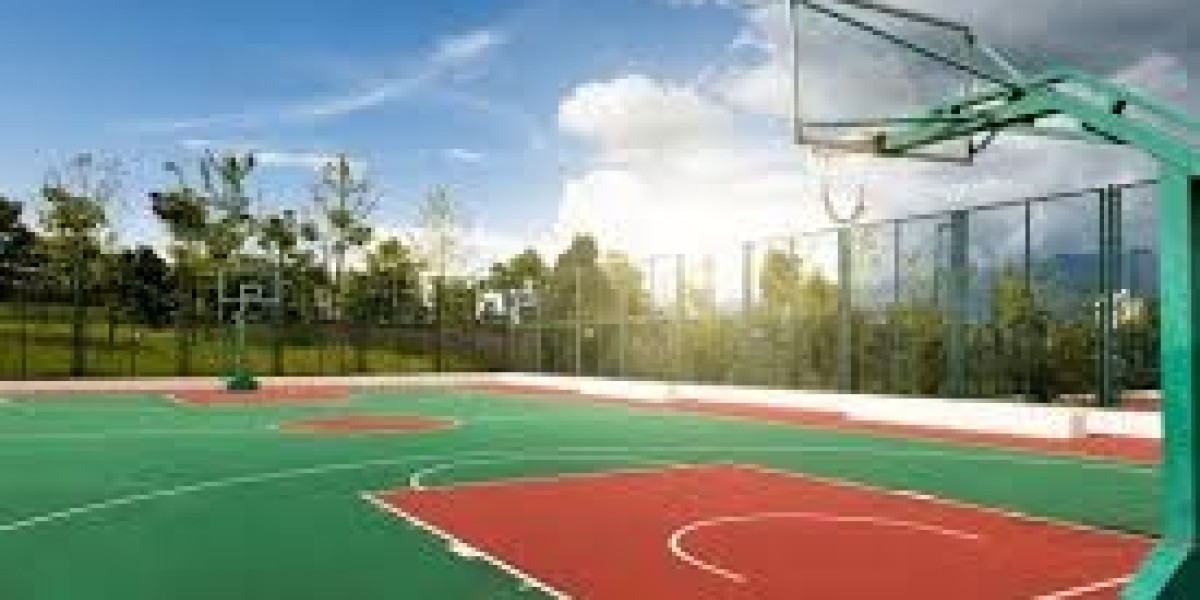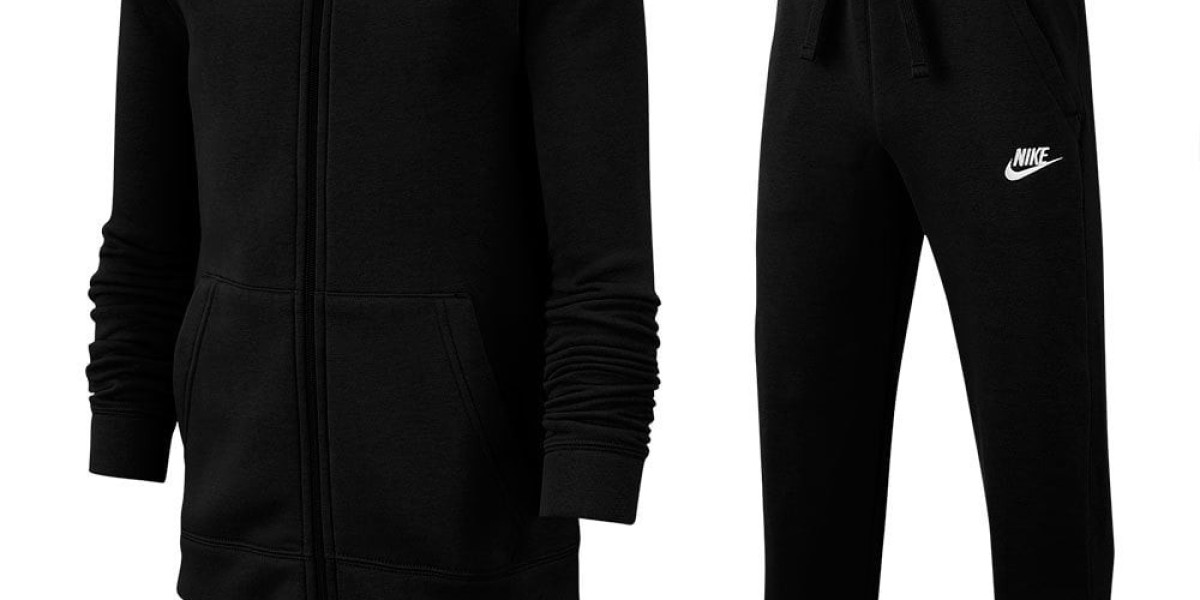An outdoor basketball court isn’t just a place to shoot hoops; it’s a social hub. You’ll find kids learning to dribble, friends playing pickup games, and local leagues hosting matches. Unlike indoor courts, outdoor courts are exposed to the elements—meaning you have to deal with wind, sun, and sometimes even rain. This makes outdoor games slightly more challenging, but also more exciting. You learn to adapt your shots to unpredictable conditions, and that helps sharpen your overall basketball skills.
Standard Basketball Court Size in Meters
Whether you’re building a court at home, planning one for your community, or just curious about the game’s measurements, knowing the basketball court size in meters is essential. According to the official FIBA (International Basketball Federation) standards:
- Length: 28 meters
- Width: 15 meters
This is the size used in international competitions, including the Olympics. The court is divided into two equal halves, each with a free-throw line, three-point arc, and key (also known as the paint). If you’re playing in the U.S., the NBA court is slightly bigger—about 28.7 meters long and 15.2 meters wide—but for most casual and community games, the FIBA standard works perfectly.
Half-Court Sizes for Smaller Spaces
Not everyone has enough room for a full-size court. That’s where the half-court setup comes in. A half outdoor basketball court typically measures:
- Length: 14 meters
- Width: 15 meters
This is ideal for practice sessions, casual games, and smaller communities. It’s also a popular choice for backyard courts because it requires less space and is more budget-friendly while still allowing for plenty of fun.
Why Court Size Matters
You might wonder—why not just make the court any size you want? The reason is simple: the basketball court size in meters affects gameplay. A court that’s too small can make the game feel cramped, reducing opportunities for running plays and long passes. A court that’s too big can tire players out faster and slow down the pace. Sticking to standard measurements ensures that everyone has a fair playing experience, no matter where they are.
Surfaces for Outdoor Basketball Courts
Choosing the right surface for an outdoor basketball court is just as important as getting the measurements right. Common surface options include:
- Asphalt: The most popular choice for public courts—durable, affordable, and weather-resistant.
- Concrete: Even stronger than asphalt but can be harder on the joints.
- Sport Tiles: A premium choice that offers better grip, softer impact, and easier maintenance.
Each surface type affects ball bounce, player movement, and even injury risk, so choose one based on your needs and budget.
Setting Up Your Own Outdoor Court
If you’re thinking about building your own outdoor basketball court, here’s a quick checklist:
- Measure the space – Make sure you have enough room for the official basketball court size in meters or at least a half-court version.
- Level the ground – A flat surface ensures fair gameplay and prevents injuries.
- Choose your hoop height – Standard hoop height is 3.05 meters from the ground.
- Paint the lines – Include the key, three-point arc, and free-throw lines according to official dimensions.
- Pick a durable surface – Consider weather conditions in your area.
Final Thoughts
Whether you’re playing casually with friends or training for serious competition, the experience of being on an outdoor basketball court is unforgettable. Understanding the proper basketball court size in meters helps ensure fair play, improves your game, and lets you appreciate the sport even more. So grab your ball, lace up your sneakers, and step onto the court—because every great game starts with the right space.








